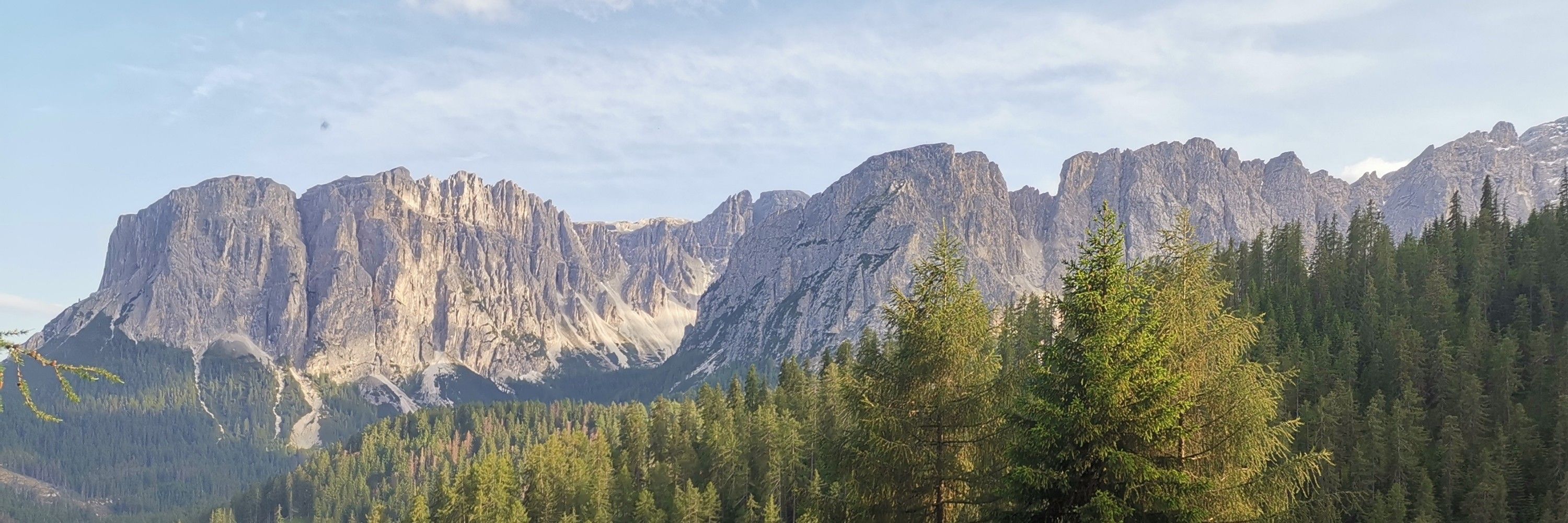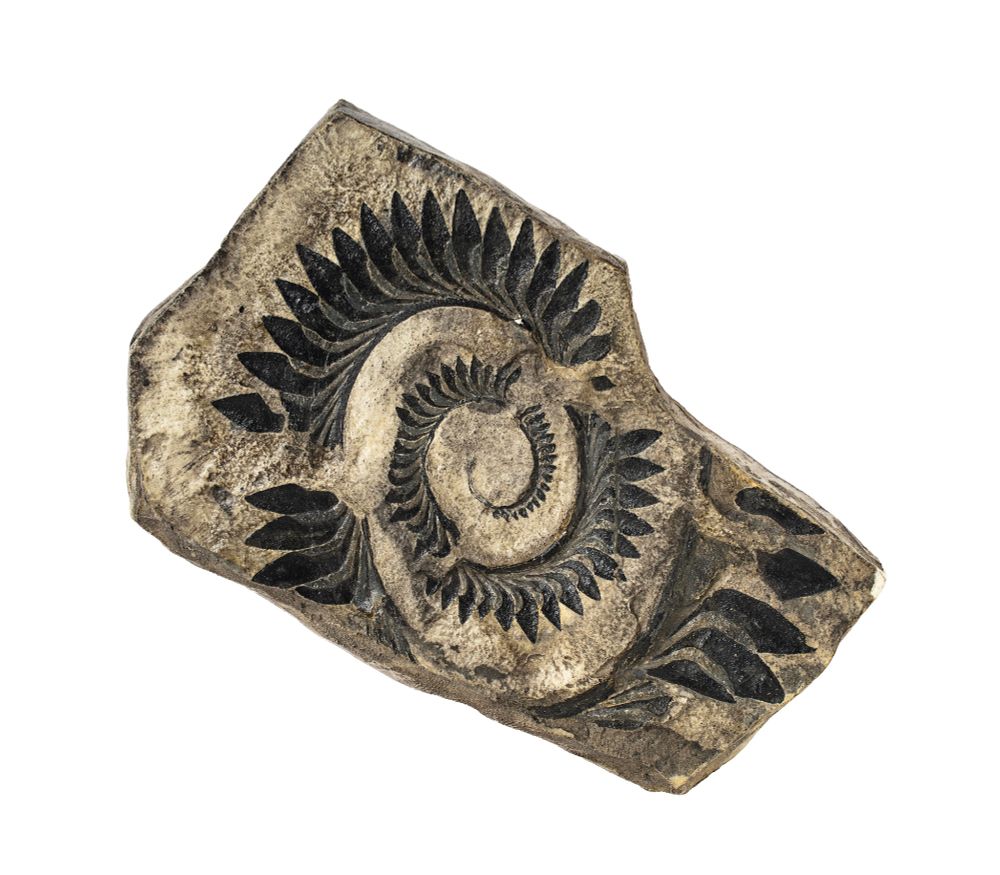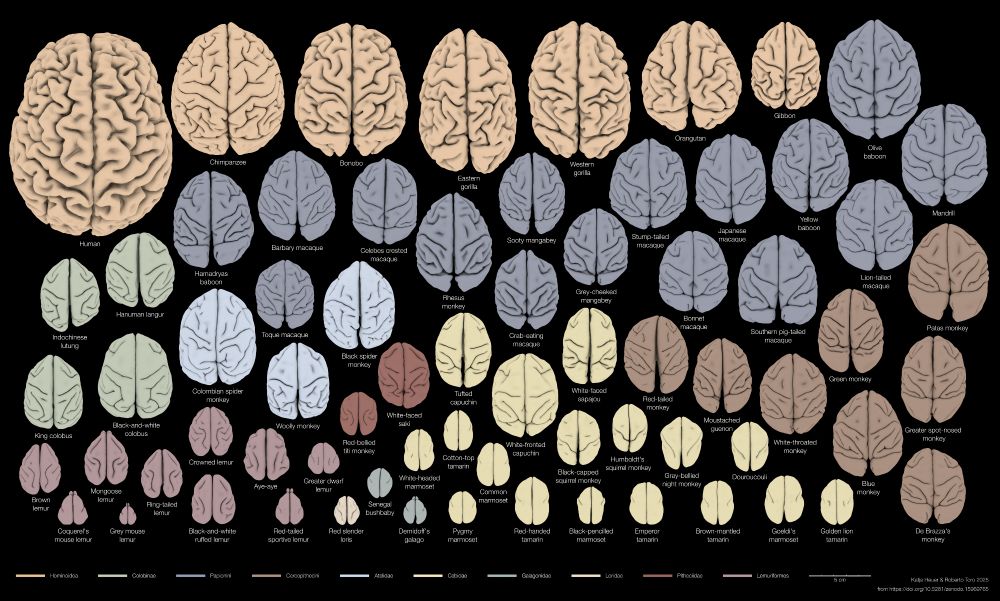Baran Karapunar
@barankarapunar.bsky.social
270 followers
290 following
88 posts
Dr. rer. nat. in Palaeontology, research fellow at University of Leeds @envleeds.bsky.social, Marine food web dynamics across mass extinctions 🦈, Palaeozoic & Mesozoic gastropods 🐚, Jurassic bivalves 🦪, Permian-Triassic mass extinction 🌋
He/him
Posts
Media
Videos
Starter Packs
Reposted by Baran Karapunar
Reposted by Baran Karapunar
Reposted by Baran Karapunar
Reposted by Baran Karapunar
Reposted by Baran Karapunar
Reposted by Baran Karapunar
Reposted by Baran Karapunar
Reposted by Baran Karapunar
Reposted by Baran Karapunar
Reposted by Baran Karapunar
Reposted by Baran Karapunar
Reposted by Baran Karapunar
Reposted by Baran Karapunar
Reposted by Baran Karapunar
Reposted by Baran Karapunar
Reposted by Baran Karapunar
Reposted by Baran Karapunar
























